A break in the clouds. The bell heather is passed its best. The ling is beginning to bloom. It’s going to be a fine day. A view from Easby Bank.
Category: Little Ayton
First snowdrops of the year
According to a reprint of an Edwardian book I have Snowdrops signify hope. Hope I guess that Spring is just around the corner. This small bunch is taking advantage of the warmth below the canopy of trees beside the River Leven. Across on the other bank the grass is white with the hard overnight frost. Snowdrops are not native to Britain, but to southern Europe and the Middle East. They have however become a recognised symbol of the British countryside.
The name “Snowdrop” it said to be derived from Schneetropfen, tear drop pearl earrings popular in the 16th and 17th century Germany. An extract of Snowdrops is Galantamine which is used in the treatment of Alzheimer’s.

Little Ayton
Finally blue skies. Well patches of blue at any rate. Plenty of water on the fields of Little Ayton. Using the footpath meant a paddle. A good start to a run.
In the Domesday Book Little Ayton was referred to as ‘alia Atun’, the other Ayton, and was listed as waste, having no value, after having been decimated by William the Bastard seventeen years earlier.
In the left distance is Easby Moor on which Captain Cook’s Monument can just be made out. The target for today.
Deer farming, near Little Ayton
I screwed up yesterday. I’ve just been told in no uncertain terms they were Swaledale sheep featured in yesterday’s post and not Black Faced. Thanks Trevor. I did get the title right though. So for today I think I’m safe in saying these are deer and by a process of elimination I’ll say they are Red Deer. About 77% of farmed deer are Red so I think I’m safe. Should be calving anytime soon. Bambi burgers anyone.
Oxbow pond, River Leven
An oxbow pond created from an old meander of the River Leven at Little Ayton. The pond is normally dry but has, a few years ago, been engineered to fill when the river level is high. The ends have wattle dams through which the water is then released slowly once the river level drops. A low cost solution to flood prevention. Floods are natural events that have been exacerbated by man’s activities over the generations. Rivers have been widened, straightened and channeled, water meadows and fields drained, woodland cleared and soils compacted by livestock and heavy tractor, so that water is pushed downstream as quickly as possible. The amount of water this pond contains may be small, perhaps half a swimming pool or so, but it does make a contribution to holding back the flood water.
Yan, tan, tethera, methera …
… so the shepherd would count his sheep in the Bilsdale dialect. He would use a counting system passed down through the generations from the Celtic language. Each region, even each dale, has its own variation but all are based on the number twenty (as opposed to our decimal base).
So in the Lakes it is yan, tan, tether, nether … ; in Wensleydale: yain tain, eddero, peddero; in Cornwall: eena, mea, mona, mite …; and in East Anglia: ina, mina, tehra, methera …
From these last two it is recognisable that some familiar children’s counting rhymes are also derived from the same Celtic language: eenie, meenie, miny, mo … Hickory, dickory, dock comes from the words for eight, nine and ten: hovera, dovera, dick.
Back to the sheep. I think they’re Scottish Blackface making the most of their winter grazing off Cross Lane, Little Ayton.
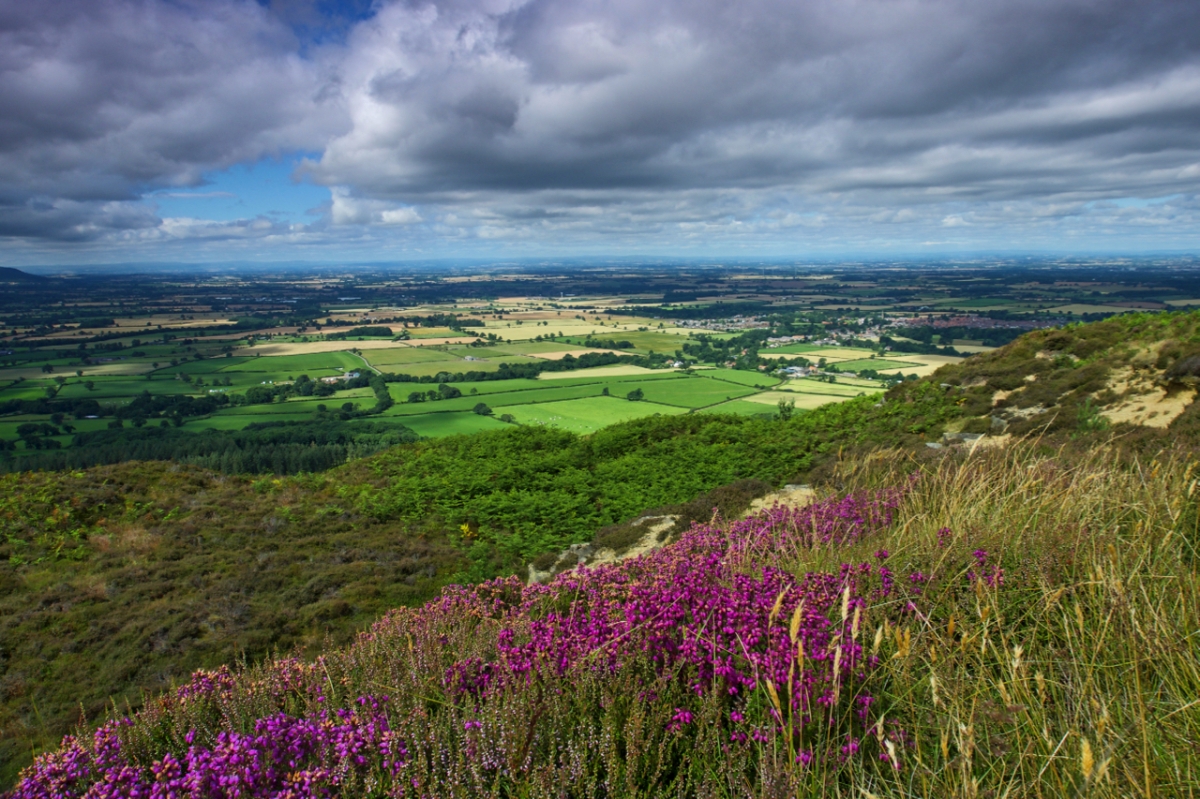
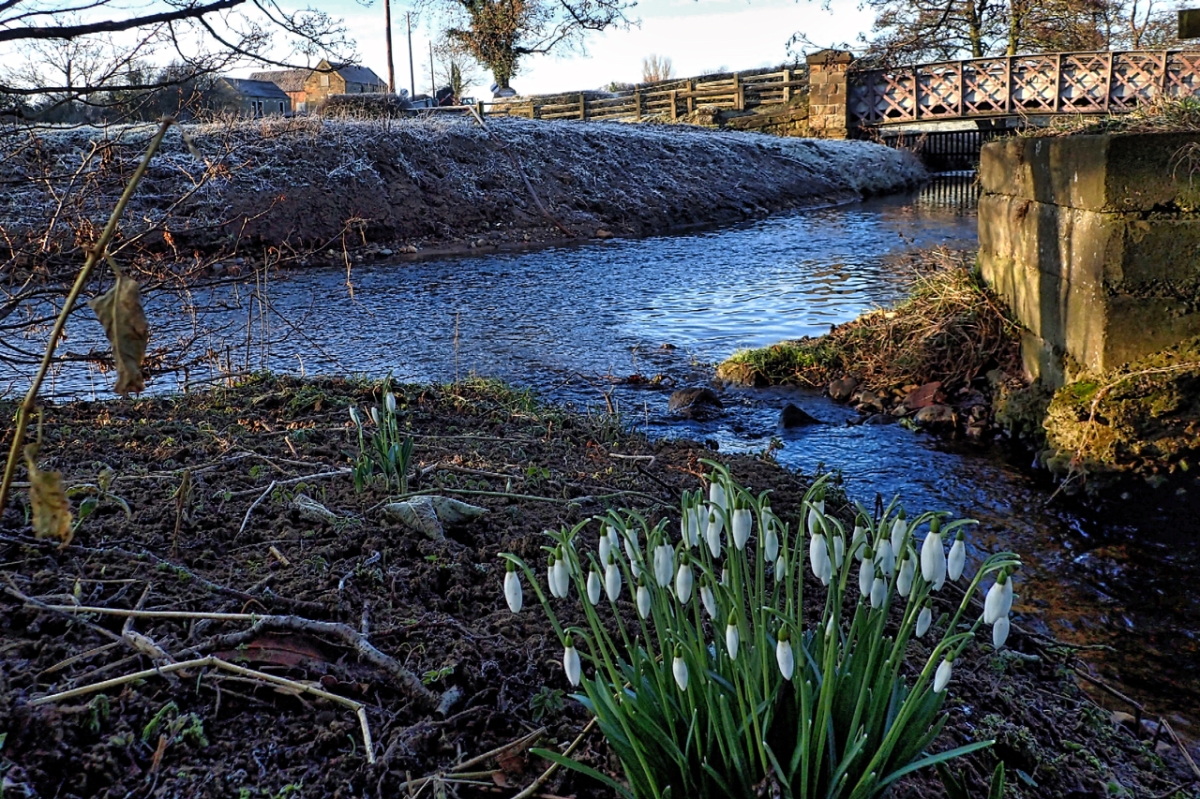
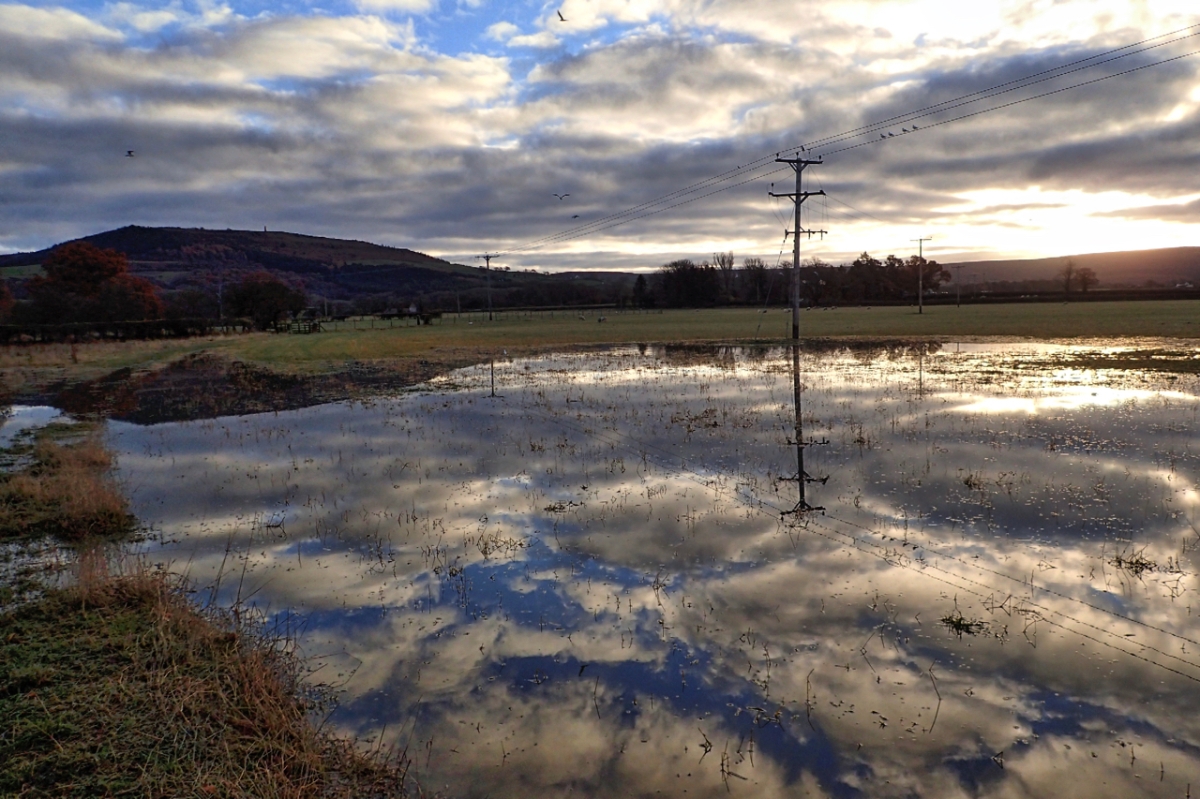
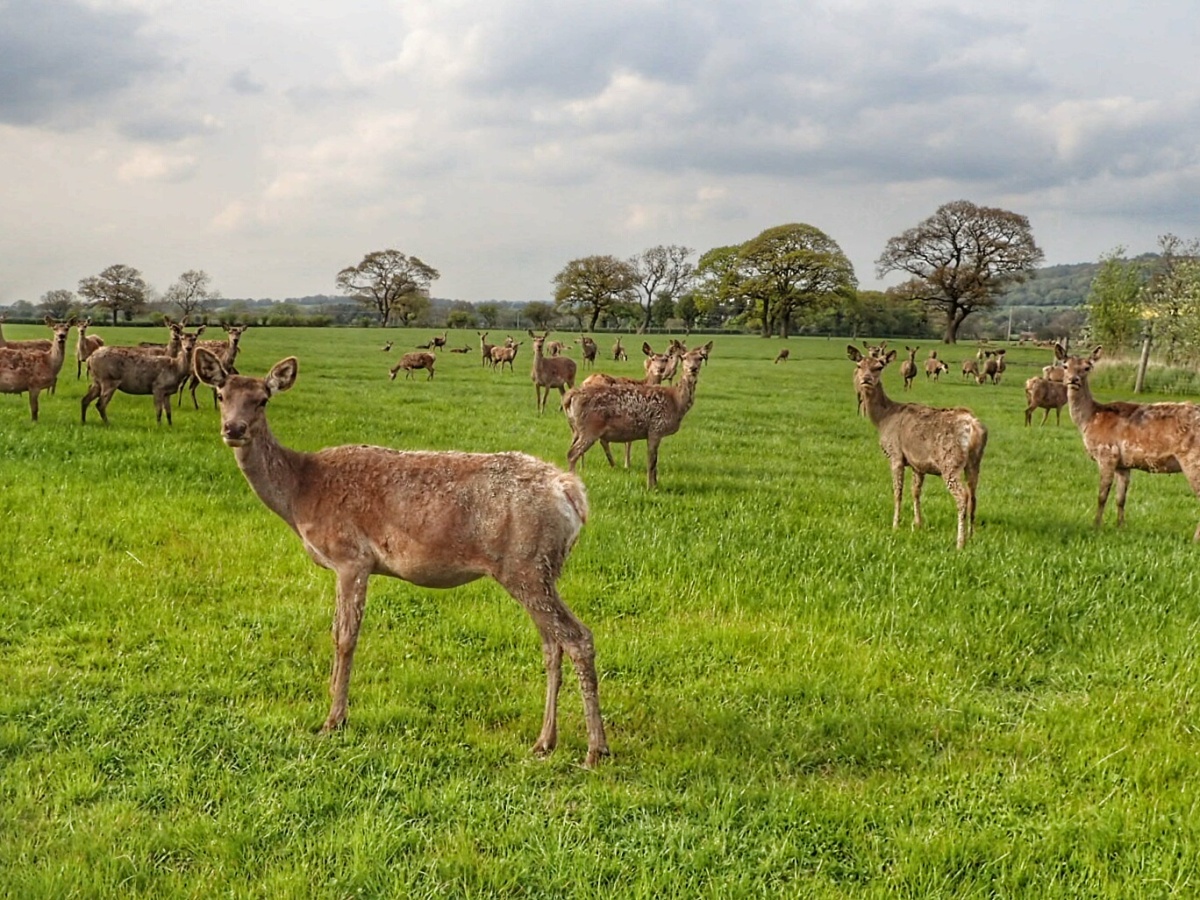

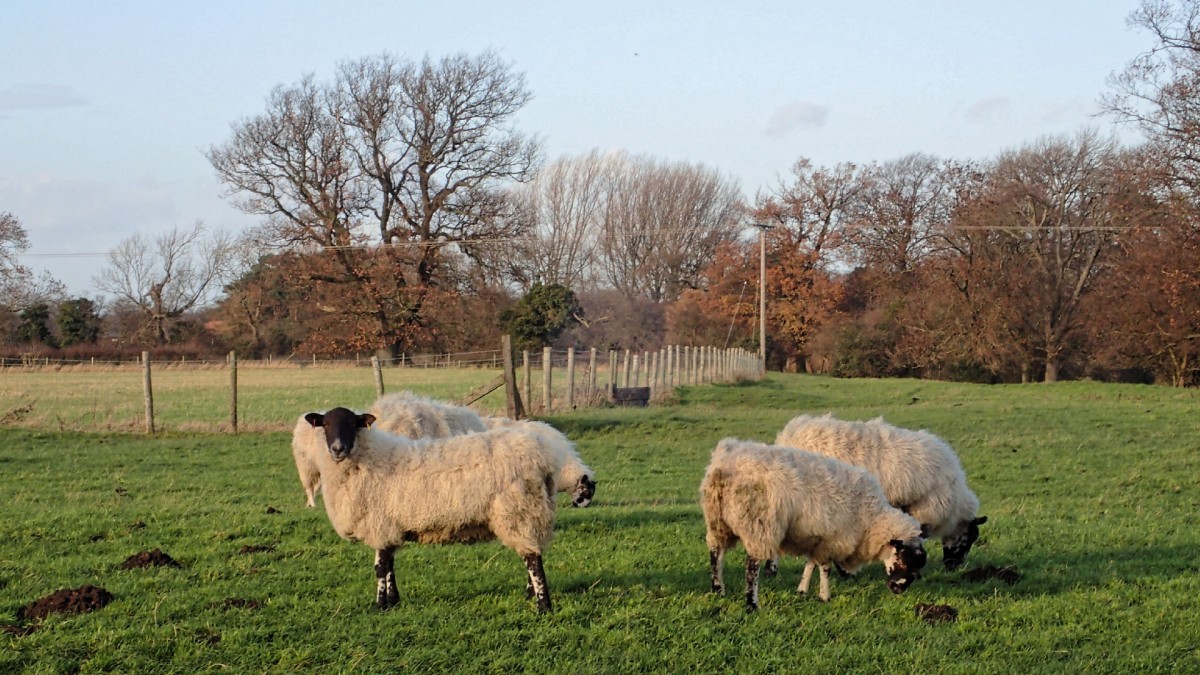
You must be logged in to post a comment.